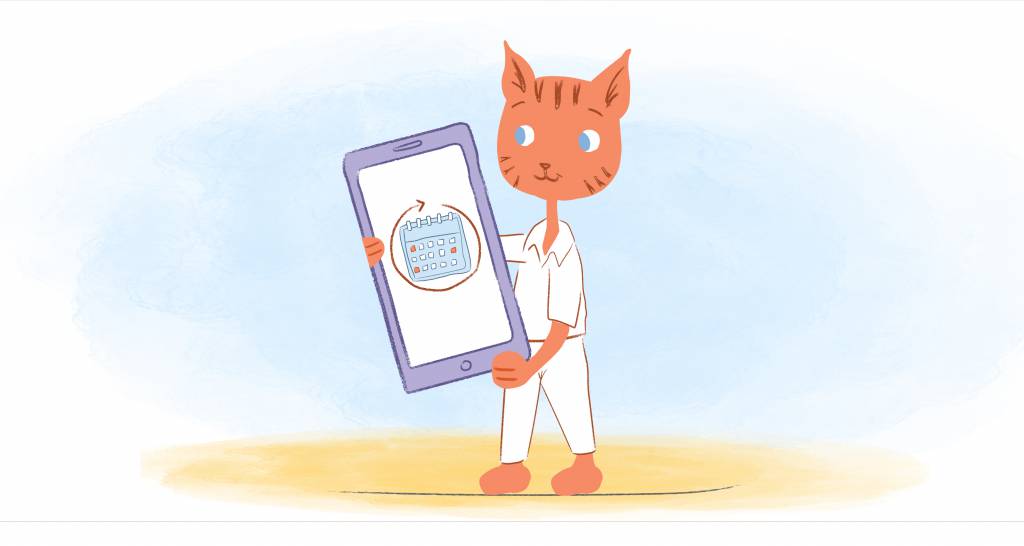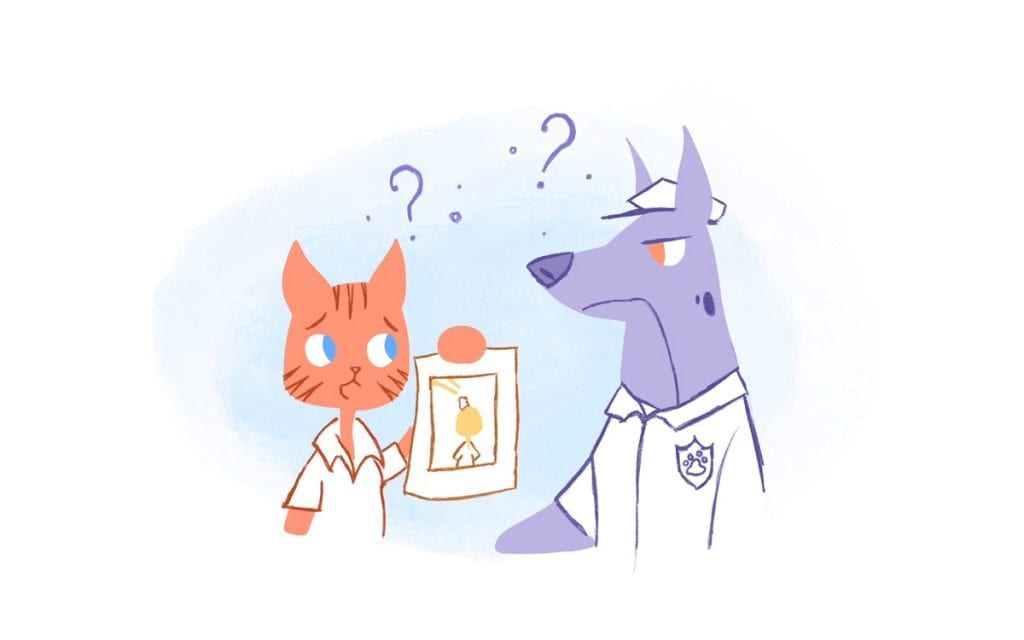

According to a study conducted by Verizon Business, meetings are the leading time waster in the workplace. Are you really surprised by that statement? Have you recently attended a conference or a meeting where there wasn’t a single thing learned, or a sole purpose served? Likely we all have been in these types of meetings. Here are six things every productive meeting agenda contains.
Other meeting errors include having too many — or too few attendees. How about nothing planned that is engaging, or an utterly unorganized meeting. These are common wastes of time when it comes to meetings.
But, what if there was a way to increase attendance, participation, and productivity at your meetings? There is a concrete way to accomplish this goal. It’s called a meeting agenda — but you have to have a real agenda that you stick to.
What is a Meeting Agenda?
An agenda is like a roadmap that you use wherever you go on a road trip. It helps you plan your trip in advance and keep you on the best route to reach your destination by answering the following questions:
- Who is going with you?
- When and where are you leaving?
- What’s the purpose of the trip?
- How much time do you have to arrive at your destination?
- What happens if there is a detour or your vehicle breaks down?
Put in simple terms, without an agenda, you don’t have a clear objective. Without a clear purpose, there’s no real point in having the meeting.
To guarantee that you’re meeting are productive, you need to create an agenda that contains the following six components.
1. Agenda Header
The agenda header is used to identify the following items:
- The entity, organization, or committee that is calling the meeting.
- The header agenda will have the name of the assembling body, such as a Board, Advisory Group, or Committee or meeting participants.
- Type of meeting.
- You’ll want to include the date and time of the meeting.
- Include when the session starts and ends.
- The location of the meeting.
The header is essentially the foundation of your meeting. Without it, you and the other attendees will not know the date, time, location, and purpose of the meeting.
Here’s an example of what a header could look like — with the format below:
Calendar Staff Meeting Agenda
Date: Monday, 9/2/2019
Time: 3:30 PM – 4:00 PM
Location: Conference Room
Facilitator: John Rampton
Attendees: Joe Smith, Jane Doe, Susan Smutter, and Tom Doezy.
As for the format generally, aligning to the left is a business format. Centered is considered informal formatting. It’s your decision. Just remember to use a consistent format on all of your headers. Not any chance that someone will miss your agenda invite messages — they know what it looks like and will watch for it.
2. Key Objective
The meeting objective is typically a sentence or two that answers two essential questions:
- Why are we meeting?
- What do we want to accomplish?
Answering these questions will help you plan the meeting and establish a benchmark for determining if the meeting was successful or not. You will want to go over how to avoid other meeting mistakes.
If you have a brainstorming session with your team, then your objective could be: “Generate two promotional offers for the upcoming holiday season.” Don’t forget to follow the same key objectives in your virtual planning meetings as well.
3. Input
Don’t forget to get your team or the other attendees involved in creating the agenda. The team will know items that need to be discussed that you will not know. In this way, you’ll make certain that all essential topics and any issues are addressed. More importantly, it will keep them engaged because they’re involved in the creation of the meeting.
If you create the agenda yourself, send it to your team for feedback. You’ll not want to miss needed Calendar items needing to be covered.
You don’t want to put this responsibility on the attendees at the last minute. Generally speaking, all meeting should be at the same time every week, so there are no mistakes.
The “need to do” info should be given out at the end of each meeting for the next meeting. Participants will always be prepared before the meeting if they have plenty of time to think about agenda items. A reminder note beforehand of anything extra to be presented so you can add it to the agenda guarantees you will not run overtime.
Bonus Tip: Keep the agenda to less than five topics. With five issues you and the other attendees aren’t stuck in a two-hour meeting. You will want to end on time anyway.
4. The Meeting Work Plan
The meeting work plan is the meat and potatoes of your session. In other words, it’s what you want the meeting to accomplish.
Make sure that the meeting stays on-track and remains in the allotted scheduling events. List your organization’s most time-sensitive items first as the most urgent or important matters. Follow this with the most controversial or time-consuming issue and conclude with the less sensitive and low impact items.
Don’t worry if you can’t get to every item on the agenda. You can save these less-important matters for the next meeting.
There’s no right or wrong agenda body, but here’s a reliable format you could use:
- Call to order and read the purpose of the meeting (2 minutes).
- Welcome attendees and have everyone state their name and role (5 minutes).
- Go over the format and operating rules of the meeting (5 minutes). The format only needs to be discussed in your first meeting, or if you have a first time employee or guest/client joining you. Otherwise — all people should know the rules inside and out.
- Begin with reports starting with the President or Executive Director, followed by staff and committee reports. Try to encourage each person to know what they will say and practice it before coming in. You don’t want to waste time with someone stumbling around. No one should take more than five minutes.
- Old business. These are any unresolved items from previous meetings (10 minutes).
- New business. These are any items or issues that are brought up by committee, staff, or the group that requires action or a decision. In other words, these are the targeted goals you and the other attendees have set (10 minutes).
- Comments and announcements. Here is where members can make special announcements or suggest items for the next meeting (3 minutes).
- Adjournment. An adjournment is merely the formal closing of the meeting. Don’t forget to state the time that the meeting wrapped-up and remind participants of the date of the next meeting (2 minutes).
5. Allocate Time
One of the most critical functions of an agenda is making sure that the meeting runs on-time. After all, you want to respect the valuable time of those attending. When creating your agenda, you want to make sure that you set realistic goals and set aside specific times for each issue.
To guarantee that you’re meeting stays on-time, here are a couple of pointers:
- Always start and end the meaning on-time no matter what.
- Use a timer and start it at the beginning of the report and issue.
- Send out reports, assignments, and the agenda to all attendees before the meeting so that your employees are prepared.
- If the meeting is virtual, make sure that attendees have the correct dial-in numbers, access code, and links to your online meeting room before the start of the meeting.
- If there is a topic that will take up a lot of time, consider scheduling a separate meeting so you can give it the time it deserves.
- Give everyone an opportunity to speak. Some leaders use microphones or talking sticks so that only one person is speaking at a time.
6. Follow Up
Finally, once the meeting is over, you need to follow-up with attendees as soon as possible. Usually, this means doing the following:
- Distributing minutes. The minutes should include the date, time, and location of the meeting, as well the attendees, key points addressed, and who is responsible for what follow-up action.
- Archive the agenda, minutes, and any supporting documents.
- Check on the progress of the action items that were assigned during the meeting to the participants. The actions items can be included in a quick email or phone call. You’ll want to check-in on employees progress and make sure that there aren’t any questions or concerns.
Conclusion
A time-suck meeting need not ever occur again. Follow the hallmark of what a productive meeting agenda contains and up your entire company’s productivity.











Abby Miller
Student at UC Berkeley, currently working on a degree in Electrical Engineering/Computer Sciences and Business Administration. Experienced in CSX, productivity management, and chatbot implementation.